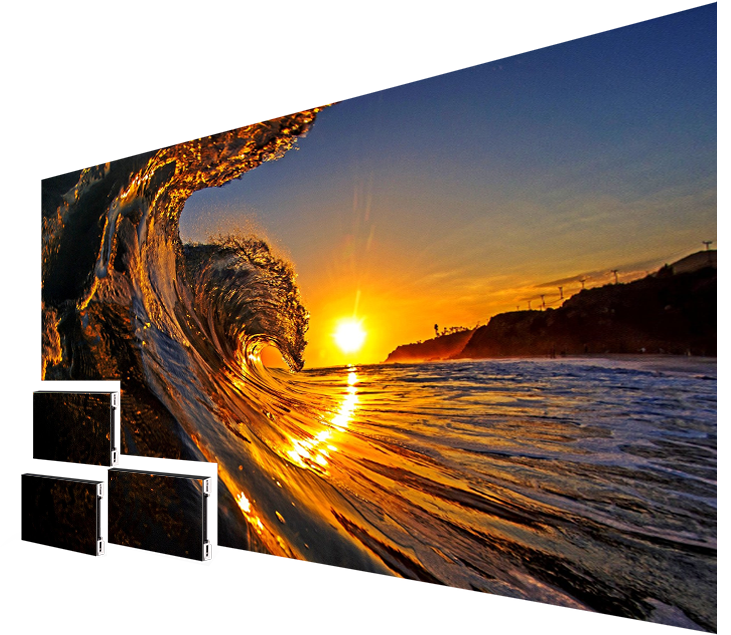Comprehending the Frequent Factors of LED Screen Panel Malfunction
Wiki Article

Light Emitting Diode wall screens are commonly utilized in multiple environments, from advertisements to residential cinemas. These panels are favored because they deliver bright and dynamic images while being energy-efficient. However, similar to all digital devices, LED wall screens can experience malfunctions. Comprehending the frequent causes of these malfunctions is important for maintaining their functionality and guaranteeing longevity. This article examines several critical factors that can lead to the failure of LED panel panels.
One of the most frequent reasons of failure in LED panel panels is excessive heat. LED technology produces heat during operation, and if this heat is not properly controlled, it can harm internal components. Poor ventilation or insufficient cooling mechanisms can exacerbate the issue. When the heat increases beyond the recommended levels, it can lead to diminished brightness, color deviation, or total failure of the panel. Regular care, including dusting air vents and maintaining adequate airflow, can help prevent overheating and extend the lifespan of the screen.
Another significant factor leading to LED panel screen malfunction is electricity spikes. Variations in the electric supply can cause harm to digital parts within the screen. Sudden jumps in electricity can cause to burnt circuit breakers or damaged circuits, resulting in malfunctioning screens. Using voltage safeguards and power controllers can mitigate this risk by stabilizing the power supply and protecting sensitive electronic components. Ensuring that the electrical system is up to standard and able of supporting the see electricity needs of the panel is also essential.
External factors play a vital role in the functionality of LED wall panels. Exposure to extreme temperatures, humidity, or dust can negatively impact their operation. For instance, high humidity can lead to moisture buildup inside the screen, which can result in short circuits or damage of internal parts. Similarly, too much dust accumulation can block airflow and lead to overheating. Installing LED panels in controlled environments and frequently maintaining them can assist preserve you could check here optimal performance and prevent failures.
Additionally, manufacturing defects can result to early malfunctions in LED panel screens. Quality assurance during production is essential to ensure that each screen meets market standards. Defective parts or poor construction can result in issues such as dead pixels or uneven brightness. It is important for buyers to buy LED panel panels from reputable manufacturers that provide guarantees and service. This guarantees that any potential defects can be addressed quickly, reducing downtime and frustration.
In summary, understanding the frequent reasons of LED panel panel failure can help consumers take preventive measures to guarantee their longevity and performance. By tackling overheating, safeguarding against power spikes, taking into account external factors, and selecting quality items, consumers can significantly reduce the chance of malfunction. Regular care and knowledge of these factors will lead to a better performance with LED panel panels, whether for individual or business use.